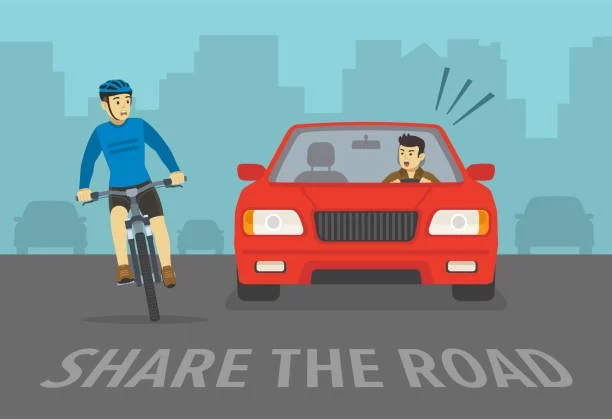Texas follows a modified comparative fault rule, meaning a rider who is partially at fault may still recover damages, up to a limit. An Austin motorcycle crash lawyer can help argue for a fair assessment of fault and ensure the rider’s rights are protected. This piece examines the impact of shared responsibility on compensation in two-vehicle incidents.
What is Comparative Fault and How Does It Affect Riders and Drivers?
When it comes to road incidents involving both riders and drivers, understanding comparative fault is crucial. This legal principle determines how responsibility is shared among parties involved in an accident, impacting compensation and liability.
Understanding Comparative Fault
Comparative fault, sometimes referred to as comparative negligence, is a legal doctrine used to allocate responsibility amongst parties in a traffic accident. It recognizes that more than one party may contribute to the occurrence of an accident, assigning a percentage of fault to each. This allocation influences how damages are awarded, ultimately affecting both the rider’s and driver’s compensation claims.
Types of Comparative Fault Systems
There are primarily three types of comparative fault systems, each varying by jurisdiction:
- Pure Comparative Fault: Under this system, each party is liable for damages proportional to their degree of fault, regardless of the percentage of fault they are found to be responsible for. For example, if a rider is found to be 30% at fault, they can still recover 70% of their damages.
- Modified Comparative Fault: In this system, a threshold—commonly 50% or 51%—is set. If a party’s fault exceeds the threshold, they are barred from recovering damages. Thus, in a 50% rule state, if a rider is 50% or more responsible, they cannot collect any compensation.
- Slight/Gross Negligence Comparative Fault: Rare, this form of comparative fault awards damages based on the relative severity of negligence between parties. One party must be significantly more at fault to be denied recovery.
Impact on Riders and Drivers
These systems have a significant impact on how riders and drivers approach claims. An accurate assessment of fault can result in reduced financial responsibilities and ensure fair compensation. Riders and drivers must understand their jurisdiction’s specific rules to navigate potential disputes effectively. Legal advice from a professional experienced in traffic law can be invaluable in these situations, helping clarify rights and responsibilities.
Legal Framework: Understanding Comparative Fault When Both the Rider and Driver Share Responsibility
The Principle of Comparative Fault
When navigating the complex world of road incidents involving both riders and drivers, understanding the principle of comparative fault is crucial. This legal concept is designed to allocate responsibility between parties based on their respective contributions to an accident. Unlike traditional fault systems that assign absolute responsibility to one party, comparative fault allows for a more nuanced distribution of liability, reflecting the actions of each individual involved.
Implications for Riders and Drivers
For both riders and drivers, understanding these frameworks can significantly impact legal strategies and financial outcomes following an accident. Being aware of state-specific laws is essential, as they dictate the application of comparative fault principles. Additionally, precise documentation and evidence collection, such as photographs, witness statements, and police reports, become invaluable assets in accurately determining fault percentages. Navigating these legal waters with a comprehensive understanding of comparative fault can lead to more equitable resolutions and informed decision-making.
Final Thoughts
In navigating the complexities of comparative fault, you gain a deeper understanding of the shared responsibilities in incidents involving both riders and drivers. By recognizing the nuanced interplay of liability, you equip yourself to better advocate for fair outcomes, whether in legal disputes or insurance claims. Consulting with an experienced Austin motorcycle crash lawyer can provide valuable insight into how fault is assessed and which legal strategies may be applicable.

Lexy Summer is a talented writer with a deep passion for the art of language and storytelling. With a background in editing and content creation, Lexy has honed her skills in crafting clear, engaging, and grammatically flawless writing.



